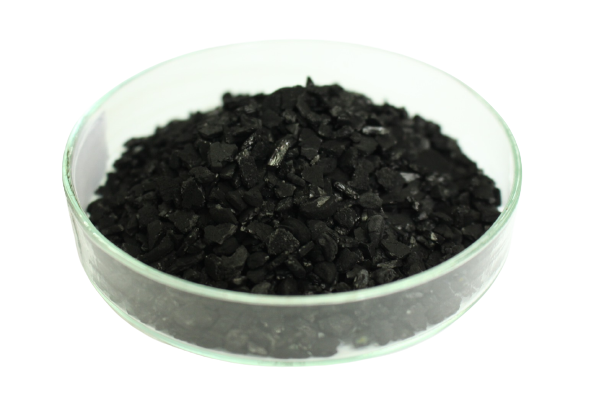Activated Carbon
Activated carbon is a highly effective adsorbent for purifying air, water, and gases and controlling odour. It is produced from materials with high carbon content, like coal, wood, and coconut shells.
Air Water and Odour Purification
The carbon’s pore structure expands through a steam or chemical activation, resulting in a large internal surface area ranging from 800 to 1200m²/g. This makes activated carbon highly efficient as an adsorbent. It is available in granular, pellet, and powder forms.
Activated carbon is crucial in municipal drinking water treatment, food and beverage processing, odour removal and industrial pollution control. Activated carbons can adsorb polyaromatic hydrocarbons in coconut and fish oils that are not removed by the earth. Activated carbons are also effective in removing soaps and pigments, especially chlorophyll.
Blending activated carbon desiccant packets with silica gel beads in a desiccant pack for a more effective adsorption outcome. This combination substantially boosts the ability to control odour and moisture levels.
- Coconut shell based
- 4X8 mesh for vapour phase applications
- Carbon tetrachloride activity
- High hardness for long life expectancy
- Moisture less than 2%
- Highly developed pore structure
- High adsorption capacity and efficiency
- Chemically stable
- Particle size: Activated carbon is available in various particle sizes, ranging from powder to granular to extruded forms. The particle size is important because it can affect the rate of adsorption and the overall effectiveness of the material.
- Adsorption capacity: The adsorption capacity refers to the amount of impurities the activated carbon can remove from a given air or liquid. The adsorption capacity depends on the impurities type and the activated carbon’s specific surface area.
- Iodine number: The iodine number measures the adsorption capacity of activated carbon for certain organic compounds, such as chlorinated solvents and aromatic hydrocarbons.
- Ash content: The ash content refers to the amount of inorganic material in the activated carbon, such as minerals and metals. A low ash content is desirable for many applications.
- Moisture content: The moisture content is the amount of water in the activated carbon, which can affect the material’s performance. Low moisture content is desirable for many applications.
- pH: The pH of activated carbon can affect its adsorption capacity and reactivity. Activated carbon can be acidic, neutral, or alkaline, depending on the manufacturing process and the intended use.
- Bulk density: Bulk density refers to the weight of activated carbon per unit volume. This specification can affect the handling and transportation of the material.
Activated Carbon Product Brochure: Download


